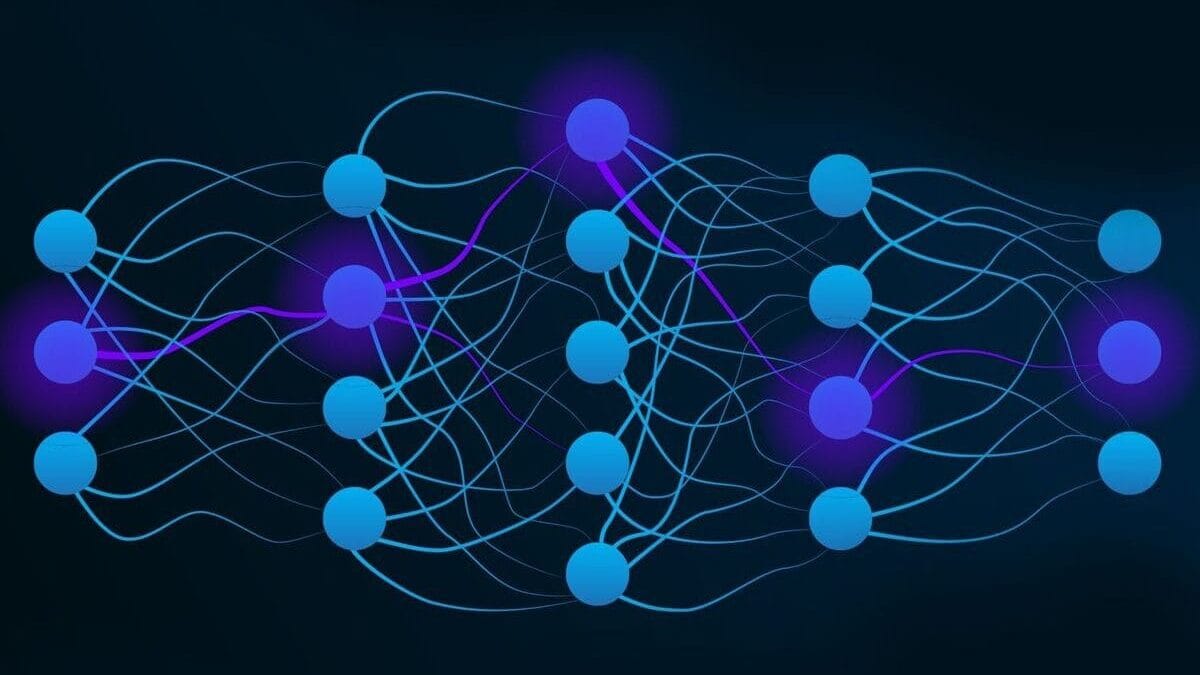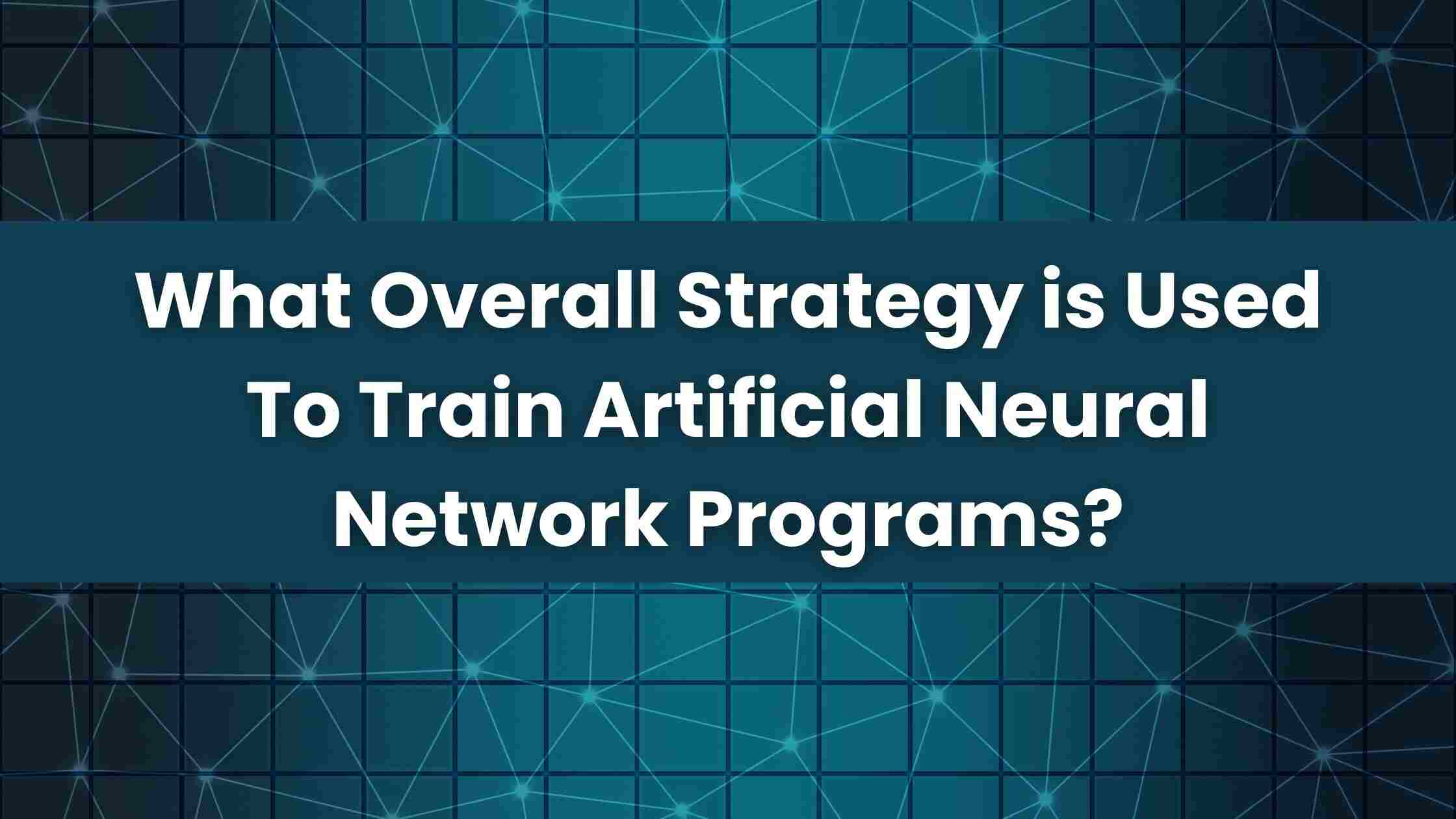Artificial neural networks (ANNs) are powerful machine-learning models that mimic the human brain. Understanding how to effectively train these networks is crucial for their successful application.
The most common training strategy for Artificial Neural Networks is supervised learning, where the network learns from labeled data. This involves feeding inputs through the network and comparing outputs to known correct answers.
Other training strategies like unsupervised and reinforcement learning also have their uses in specific applications. Let’s explore the key approaches for training artificial neural networks.
Understanding the Training Process for Artificial Neural Networks

Artificial neural networks (ANNs) are made up of interconnected nodes, similar to the neurons in the human brain. These nodes form an input layer, hidden layers, and an output layer.
To train an ANN, you need to provide it with data. The goal is for the network to learn patterns in the data and use that knowledge to make accurate predictions or decisions.
The training process involves feeding input data through the network, comparing the outputs to known correct answers, and then adjusting the network’s internal parameters to minimize errors.
This iterative process allows the ANN to continuously improve its performance on the task at hand.
Supervised Learning: The Most Common Training Strategy For Artificial Neural Networks
The most widely used training strategy for artificial neural networks is supervised learning. In this approach, the ANN is provided with a dataset that includes both the input data and the correct output or label for each data point.
The supervised training process involves several key steps:
Data Collection and Preprocessing
The first step is to gather a relevant dataset and prepare it for training. This may involve cleaning the data, handling missing values, and transforming the inputs into a format the ANN can understand.
Data Splitting
The dataset is then divided into two parts – a training set and a testing set. The training set is used to teach the ANN, while the testing set is used to evaluate its performance on data it hasn’t seen before.
Forward Propagation
The training data is fed through the neural network, and the output generated by the ANN is compared to the known correct labels.
Backpropagation
If the ANN’s output doesn’t match the expected label, the error is propagated backward through the network. This allows the ANN to adjust the strength of the connections between its nodes, gradually improving its ability to make accurate predictions.
Iteration and Evaluation
The forward and backward propagation steps are repeated many times, with the ANN continuously learning and refining its internal parameters. The model’s performance is regularly evaluated using the testing dataset to ensure it is generalizing well to new data.
The supervised learning approach is powerful because it allows the ANN to learn from concrete examples, much like how humans learn. By providing the network with labeled data, we can guide it toward the desired outputs and behaviors.
Other Training Strategies
While supervised learning is the most common training approach for artificial neural networks, there are other strategies that can be useful in certain applications:
Unsupervised Learning
In this approach, the ANN is provided with unlabeled data and must identify patterns and structure on its own, without being given the correct answers. This can be useful for tasks like clustering and dimensionality reduction.
Reinforcement Learning
Here, the ANN learns by trial and error, receiving rewards or penalties based on the outcomes of its actions. This allows the network to learn optimal behaviors through experience, similar to how humans and animals learn.
Alternative training strategies like unsupervised and reinforcement learning can be more effective than supervised learning for specific problem domains.
Conclusion
In conclusion, while supervised learning is the most common training strategy for artificial neural networks, other approaches like unsupervised and reinforcement learning also have their uses. The key is to understand the strengths and limitations of each method and choose the right one for your specific problem and data. By mastering ANN training techniques, you’ll be well on your way to harnessing the power of these intelligent systems.


2 thoughts on “What Overall Strategy is Used To Train Artificial Neural Network Programs?”